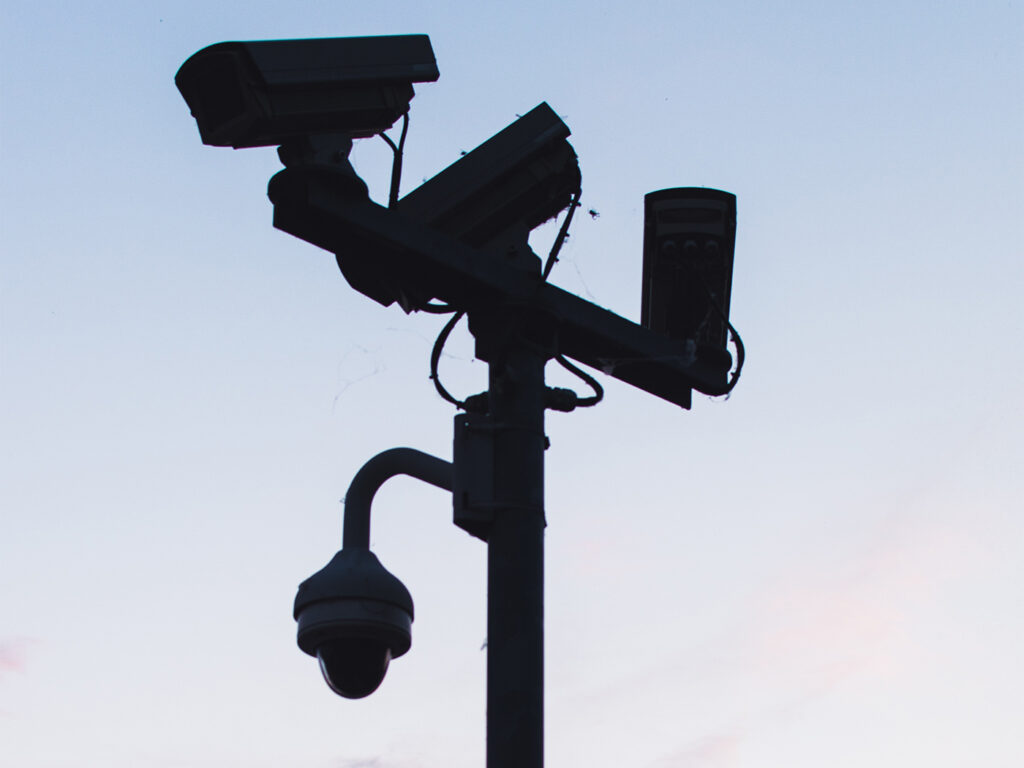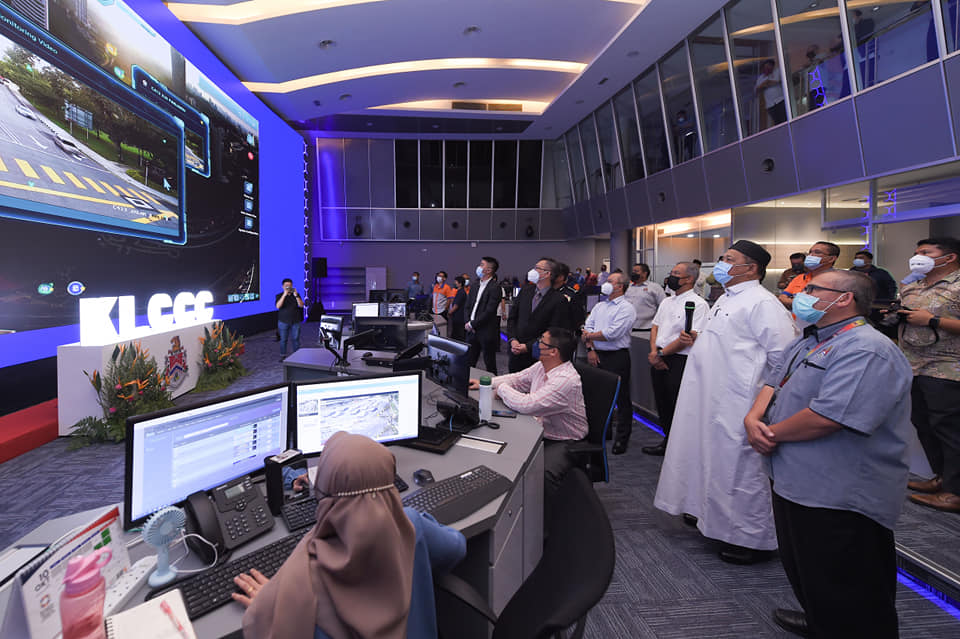The Kuala Lumpur City Hall (DBKL) has installed 3000 CCTV cameras with artificial intelligence capabilities in the capital. The move aims to monitor crime, the community, DBKL assets, rising water levels, as well as the system being a part of a smart traffic system management.
Federal Territories Minister Shahidan Kassim said the project would be done in two phases, with 2000 more CCTV cameras planned to be installed in the second phase across the city by the end of the year, for a total of 5000 cameras. The minister said the latest system is equipped with the ability to collect, process, and provide feedback on the data collected in the city, which could help DBKL use the data effectively and efficiently for further action.

“The AI system being used can detect real-time incidents and situations such as potholes, cement spilled from lorries, and illegal traders by the roadside. Notifications of such incidents will help DBKL implement monitoring, prevention, enforcement, and maintenance work,” said Shahidan, who also recently encouraged KL residents to personally contact him regarding unfixed potholes. DBKL will also install 42 panic buttons and 78 loudspeakers in public parks as an added public safety measure.
The installation of 5000 CCTVs in KL was first announced by the previous Federal Territories Minister, Annuar Musa, in July 2020. Annuar cited several cities, including Singapore, who use cameras to improve urban management. Singapore recently announced that they will be adding 200,000 more cameras on top of the 90,000 already in place in order to further deter crime, saying that in less than a decade, they have helped solve more than 5000 cases.

The announcement of the CCTV project followed the rebranding of the Integrated Transport Information System (ITIS) Centre to the Kuala Lumpur Command and Control Centre (KLCCC). “This centre will act as a hub to manage, monitor and disseminate traffic-related information round the clock,” Shahidan added.
ITIS was initially launched in early 2003 under the 8th Malaysia Plan and the Kuala Lumpur Structure Plan 2020 to reduce traffic congestion in the city by gathering, processing, and supplying real-time traffic information. ITIS’ Twitter page regularly updates any issues of congestions or road closures in KL.
(Sources: The Vibes, The Star // Images: DBKL/Facebook, The Star, Shane Aldendorff/Pexels)
Follow us on Instagram, Facebook, Twitter or Telegram for more updates and breaking news.



